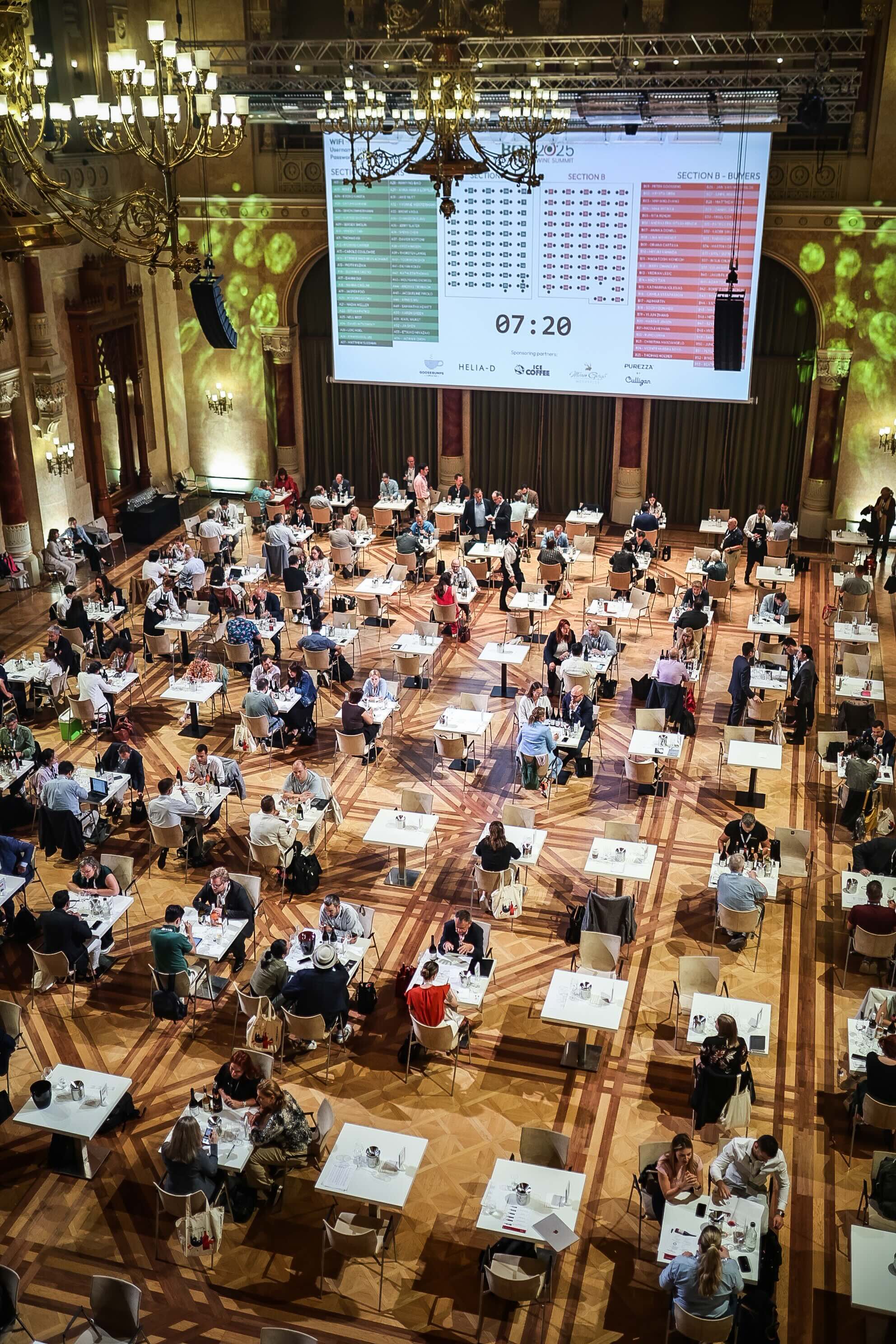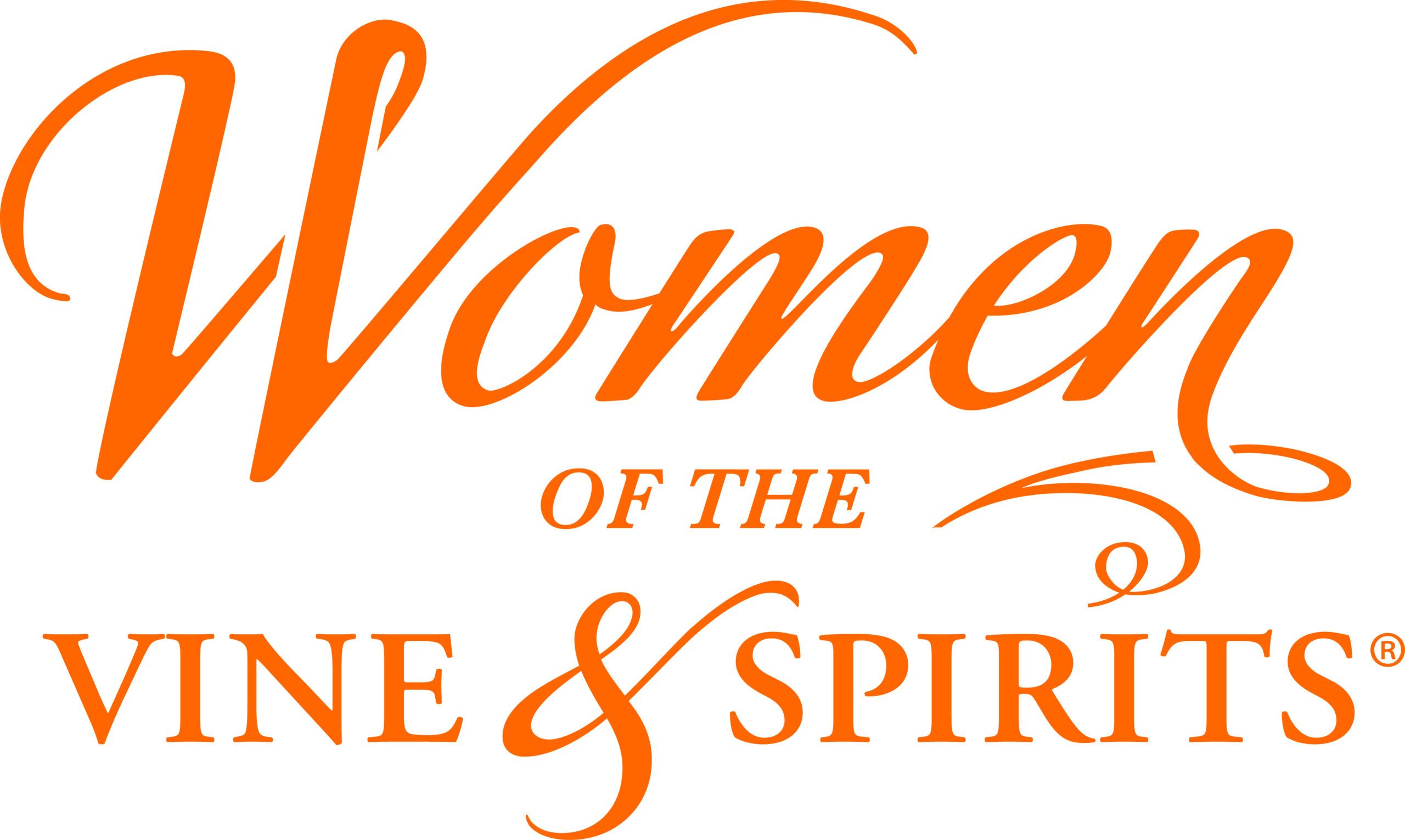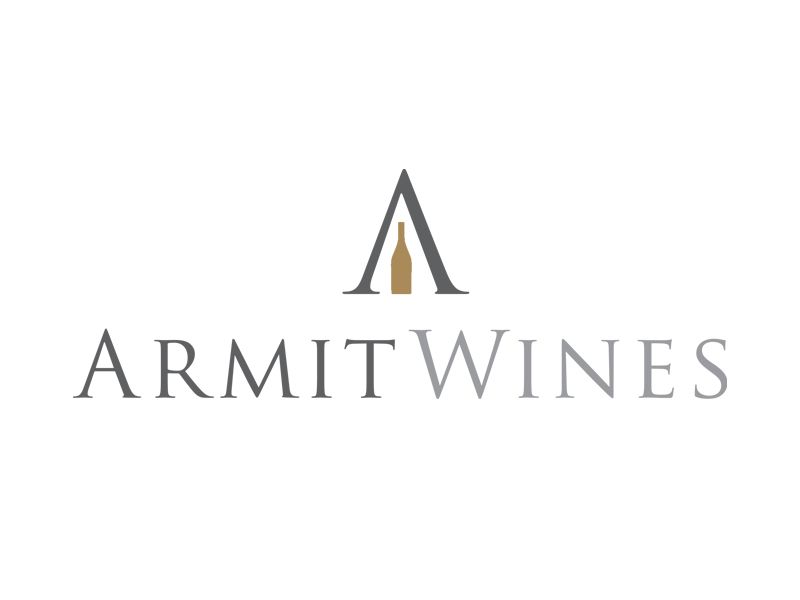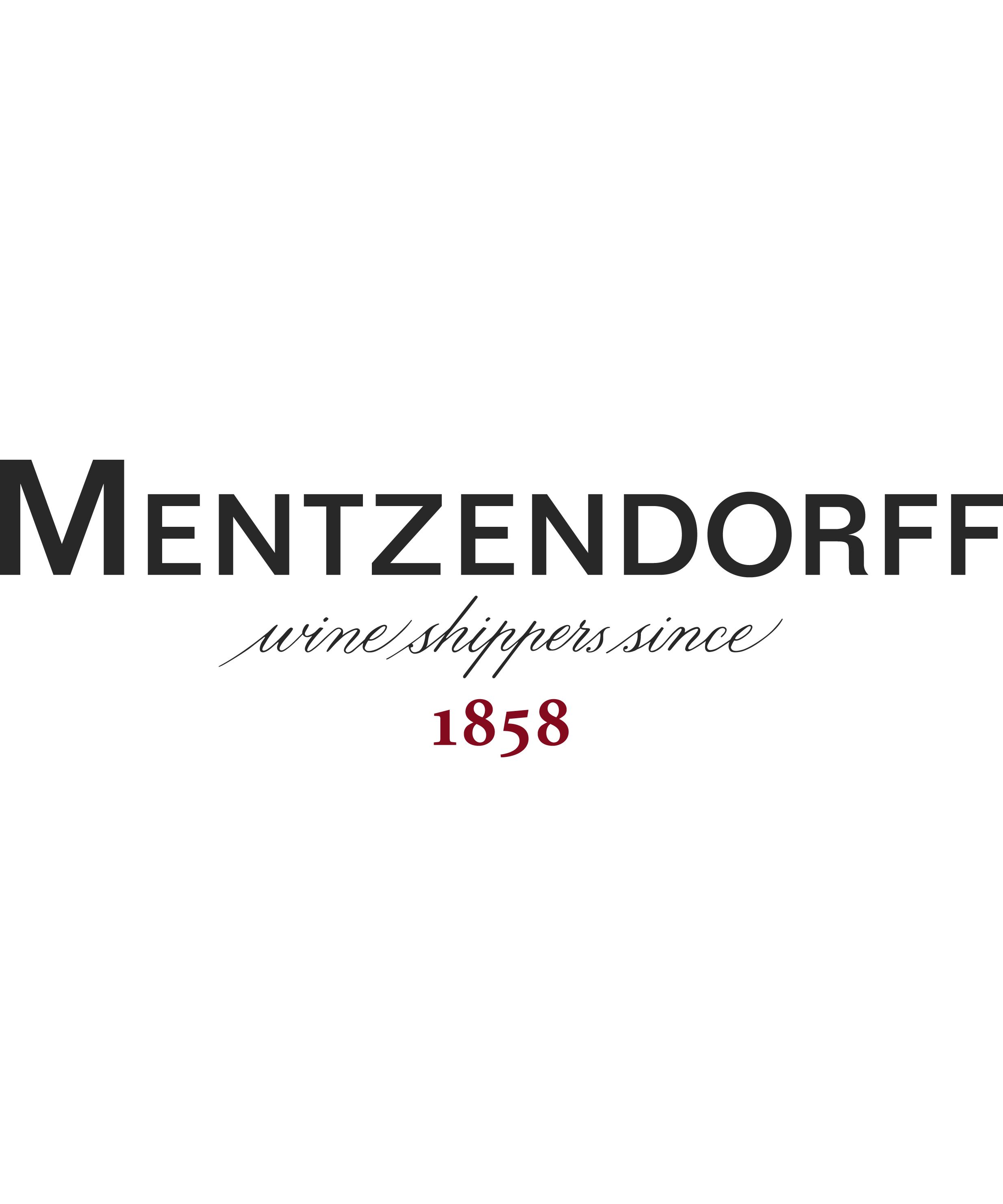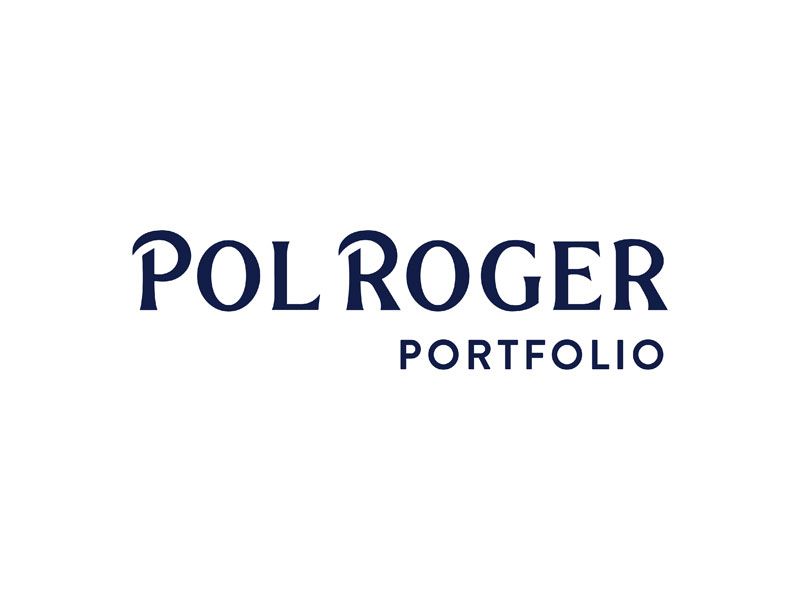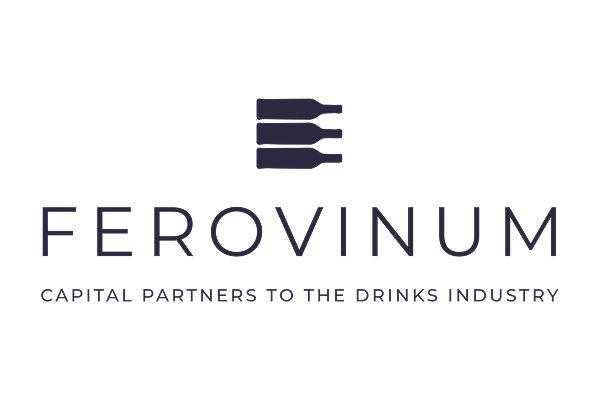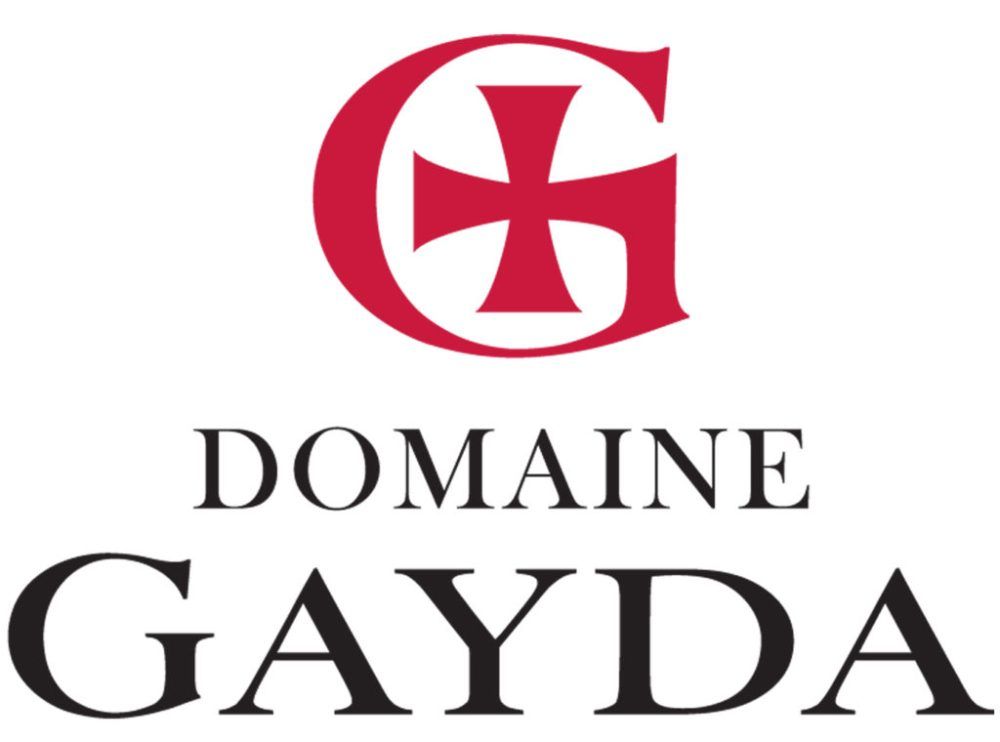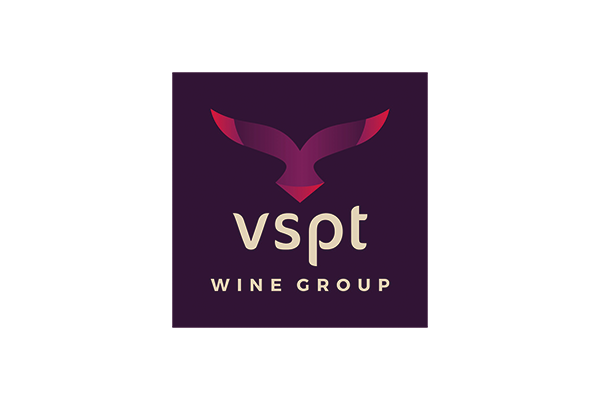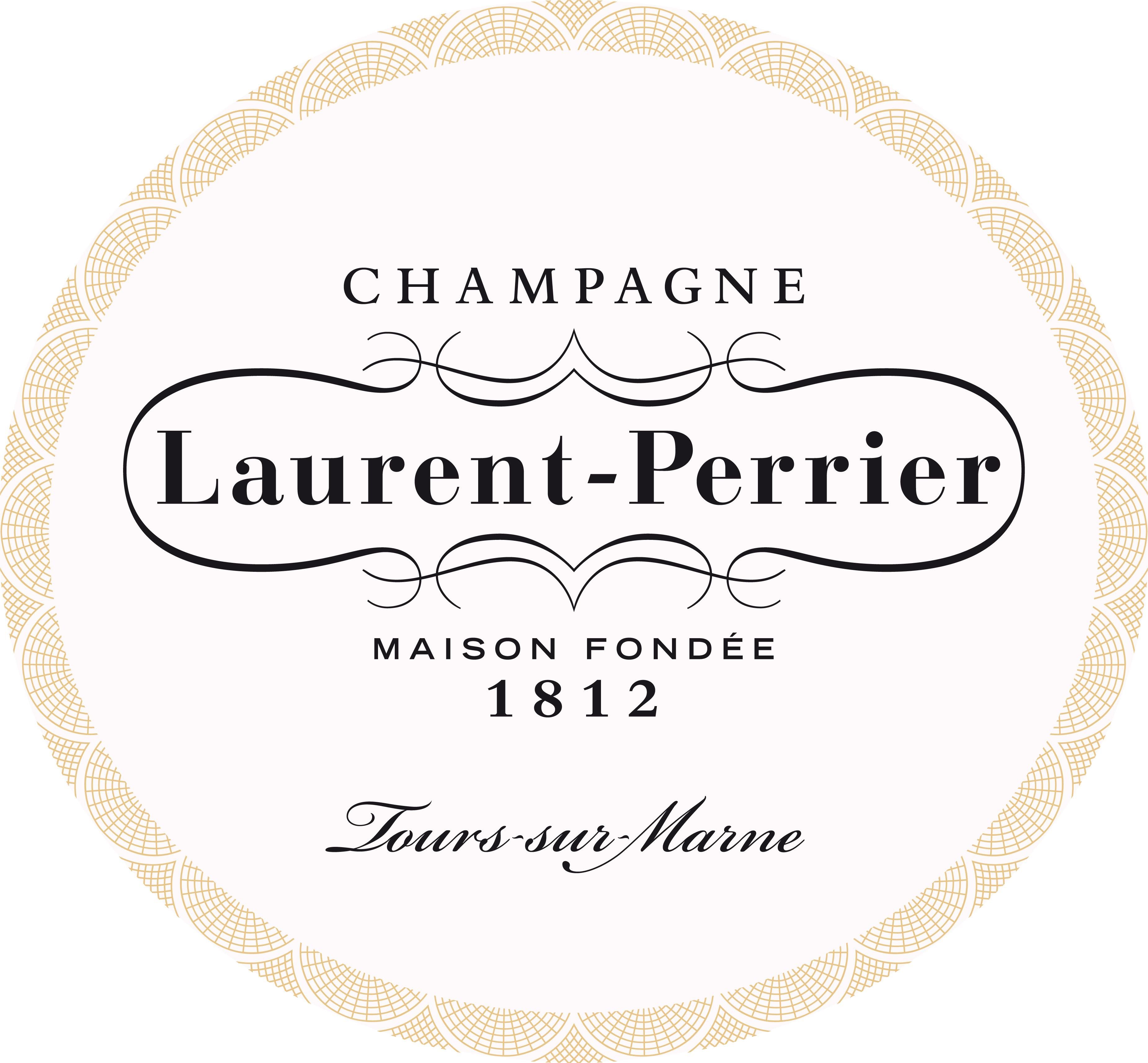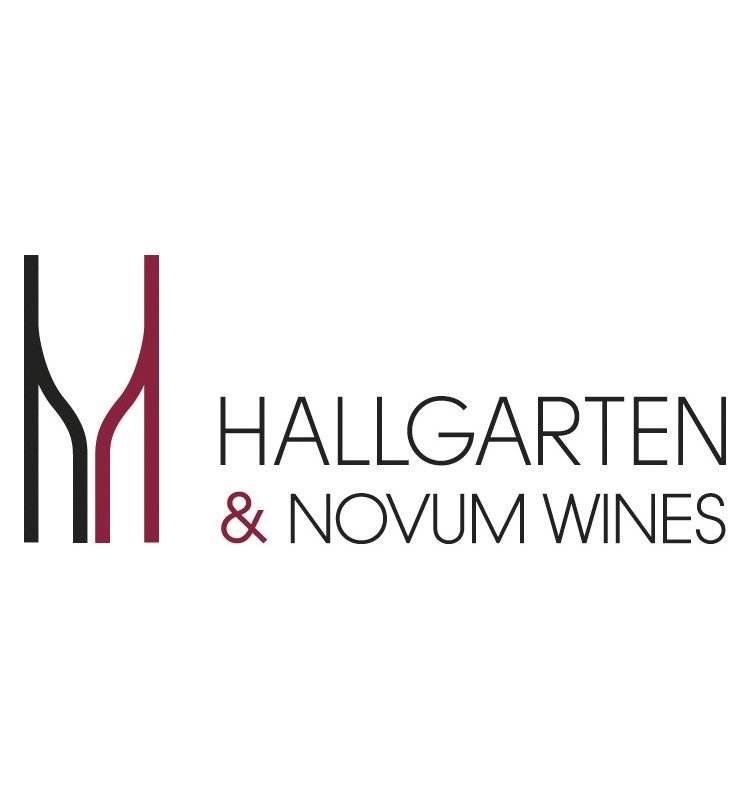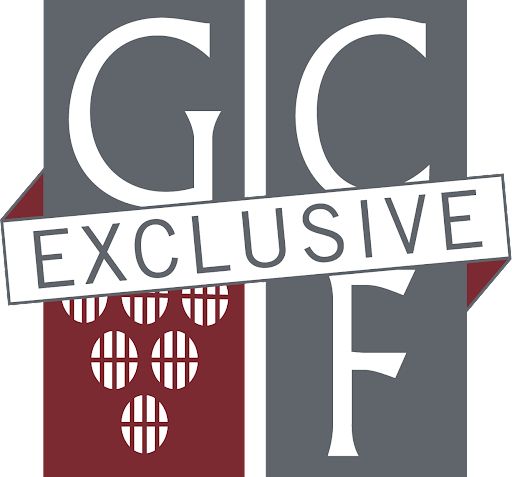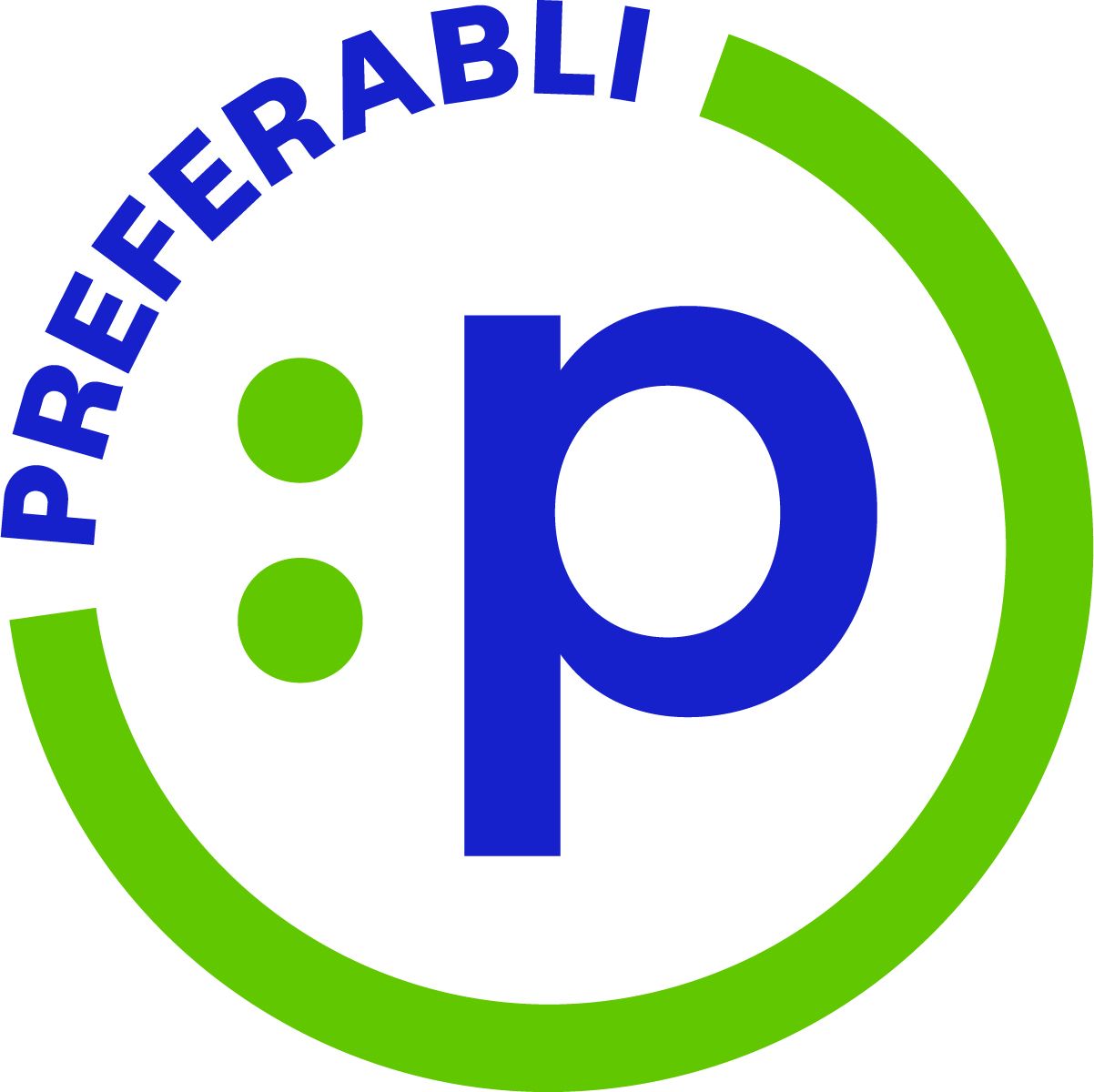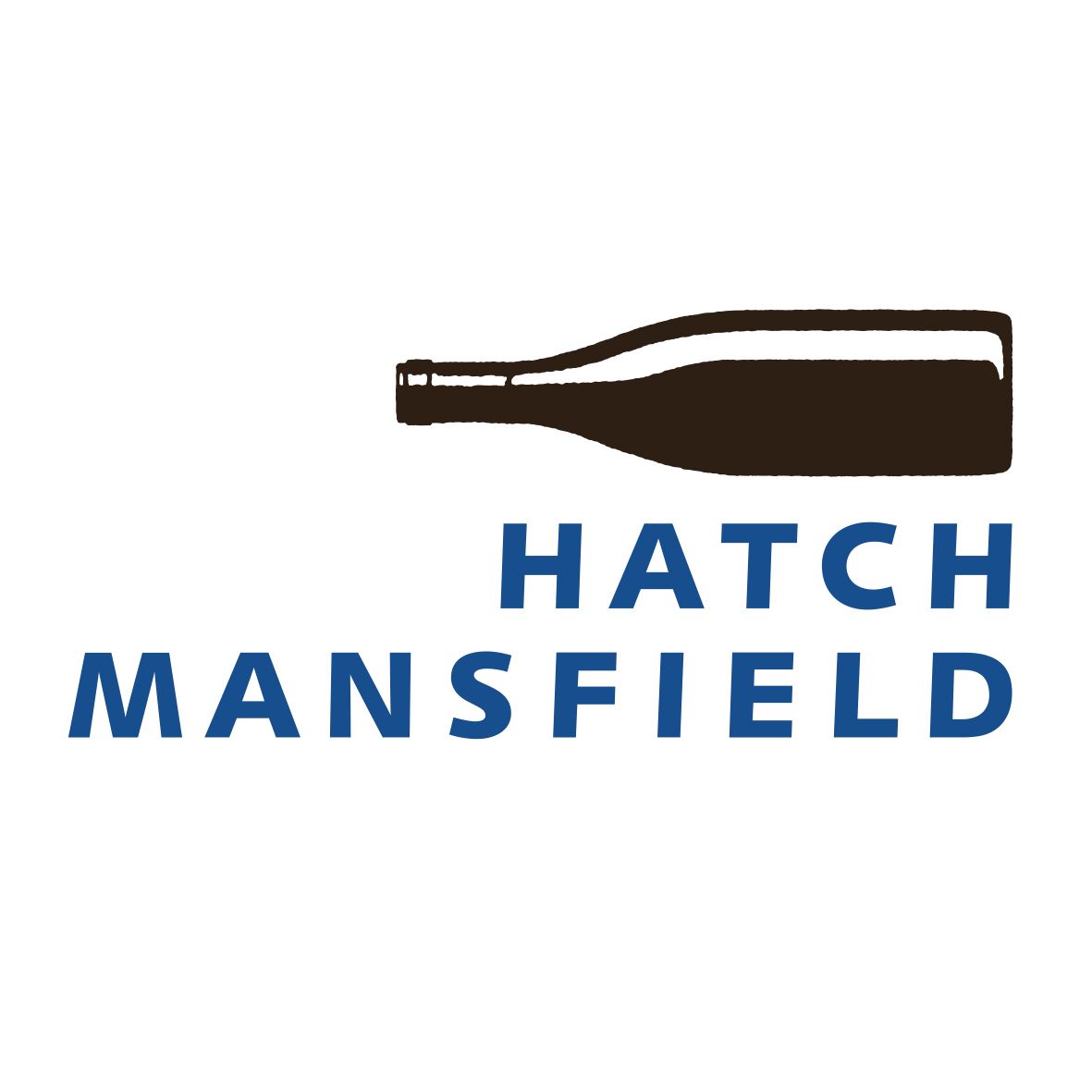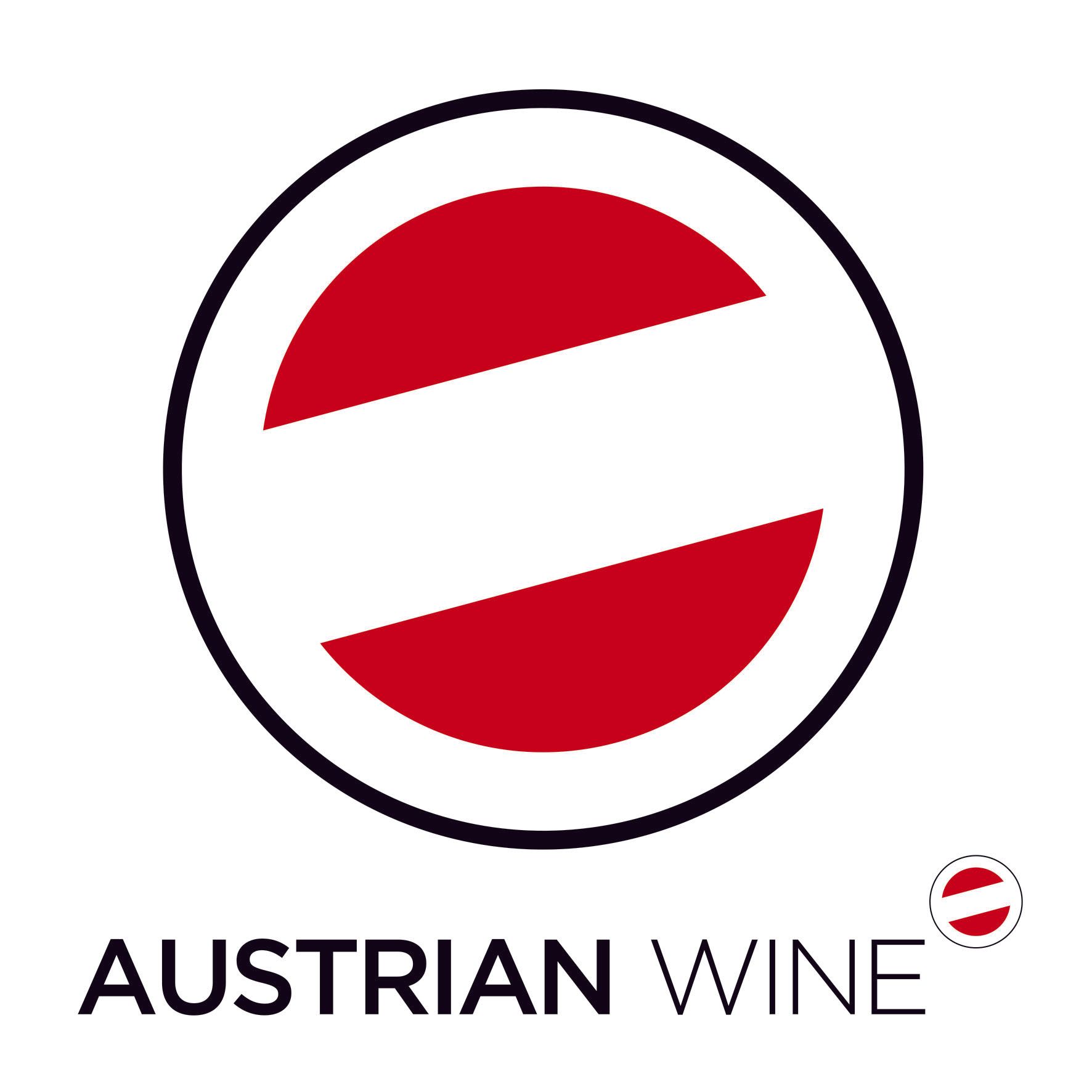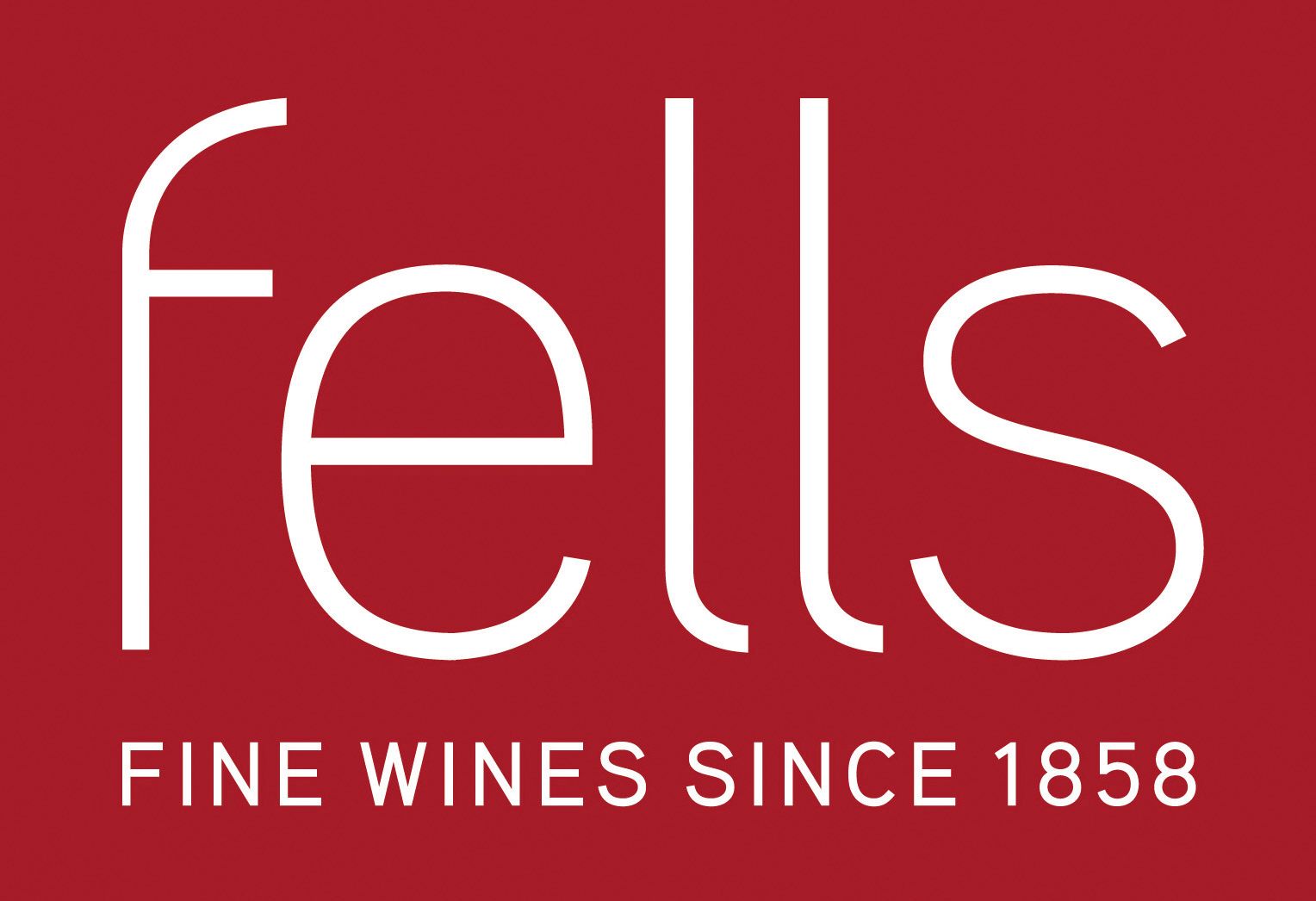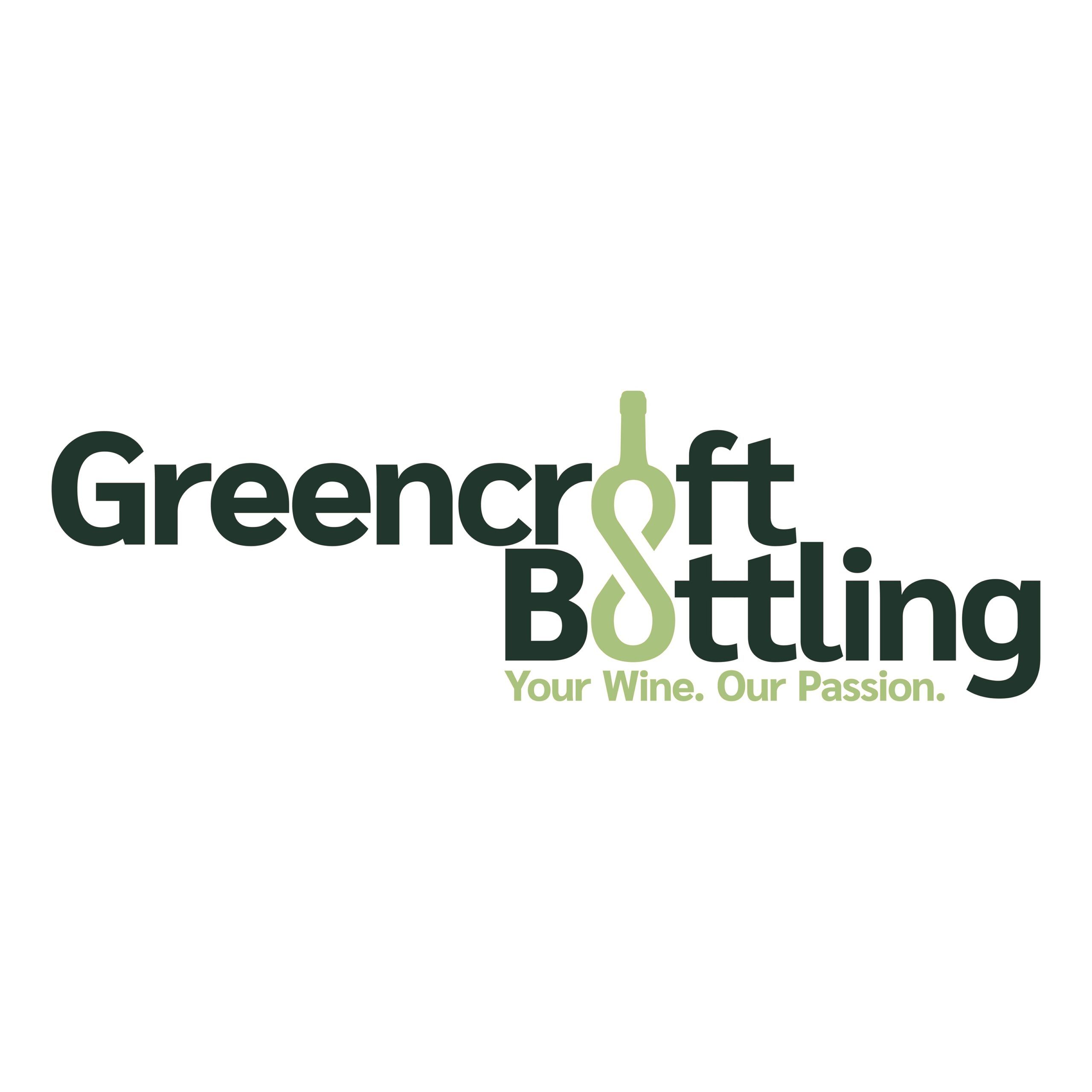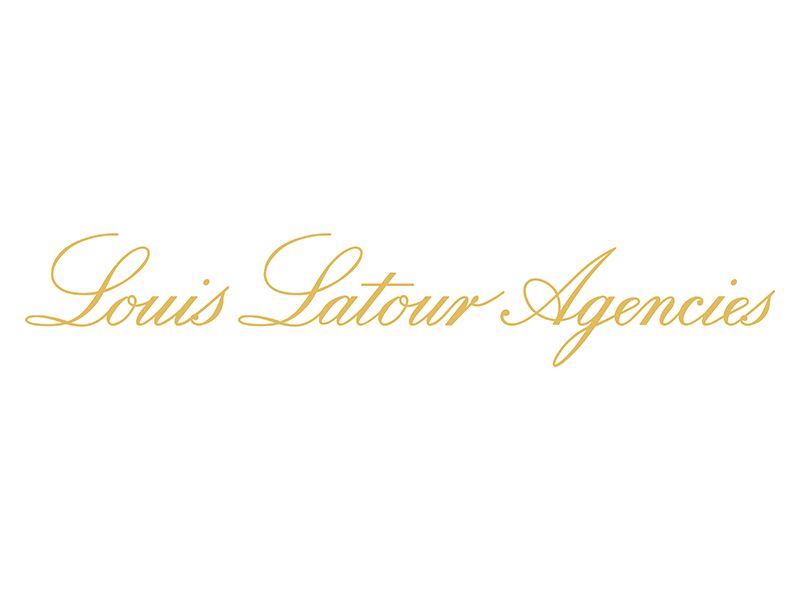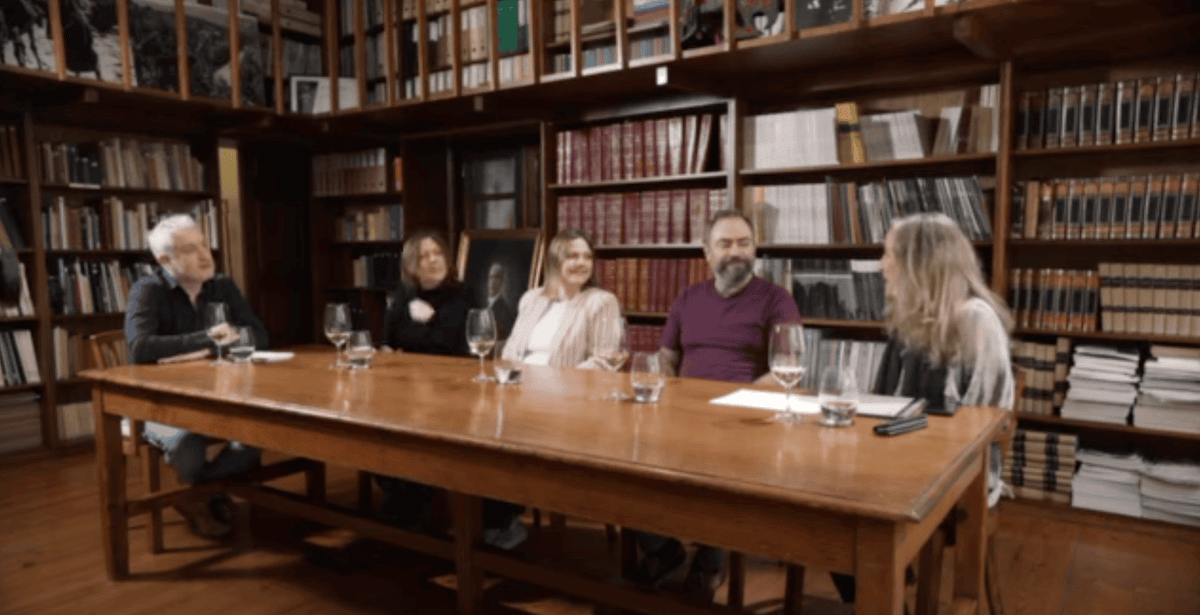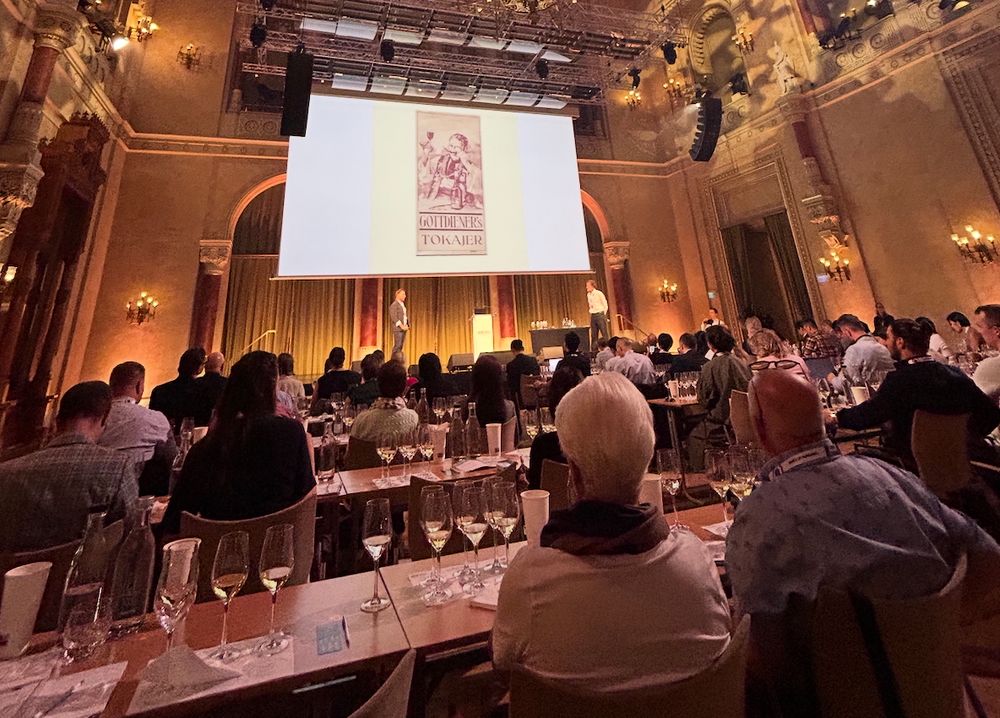
The Hungarian Wine Summit was an impressive display of strength for the Hungarian wine industry
Budapest in early autumn carries a kind of golden magnetism. Domes and bridges glowing against the haze of the Danube. For one week in September, it became the meeting point for a new chapter in Hungarian wine's international story.
The Bor (meaning wine) 2025 Hungarian Wine Summit, now in its third edition, brought together over 150 professionals from 18 nations including more than 100 invited international buyers for a week of immersion, education and, of course, tasting (Furmint with your breakfast pastry anyone?). The message was unmistakable: today’s Hungarian wine is ready to stand shoulder to shoulder with Europe’s best.
Over 80 wineries participated, with more than 1,000 B2B meetings held between producers and buyers, signalling ambition and structure. Yet amid the logistics and trade talk, what resonated most was a sense of confidence - an industry no longer explaining itself but expressing itself.
Beyond the cellar doors
This year’s summit marked a significant evolution in format. The new study tour programme gave guests the chance to explore Hungary’s iconic wine regions, with itineraries tailored to preference. The immersive move proved very successful says Pál Rókusfalvy, government commissioner for national wine marketing.
“The tours offered participants the chance to discover iconic regions such as Tokaj, Eger, Etyek, Szekszárd, Villány and the Balaton area, while this year’s newcomers - Budafok, Pannonhalma, Sopron - also joined as full partners. Each stop featured a mix of cellar visits and walk-around tastings, providing a more personal experience, adding faces and stories to the wines,” he adds.
It was my first time in Hungary, so I chose a deep dive into Tokaj and Eger. The former known for its sweet wines, the latter for its reds, the iconic Bull’s Blood’ (Egri Bikavér).
Our trip was hosted by regional specialist and Tokaj wine guru Gergely Somogyi, who spoke passionately about the evolution of Tokaj wines: “We’ve got to make the wines that people want to buy. However, with the sweet wines people just don’t drink that much. This is why we started making dry, steel-made wines in Tokaj 25 years ago. And they turned out to be pretty good. Now they account for the bulk of the production for many wineries.”
Conversations that matter
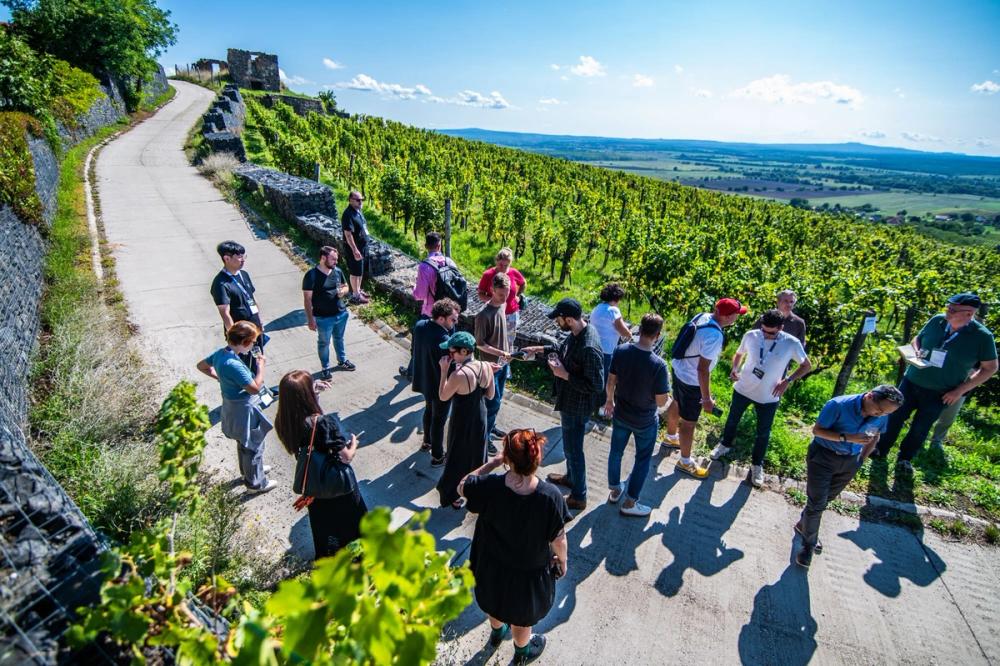
Visitors to the Hungarian Wine Summit had the chance to visit and travel around many of Hungary’s wine regions
What set Bor 2025 apart was its balance between tasting and thinking. Beyond the glass, it became a platform for dialogue on Hungary’s place in the global wine landscape. Climate adaptation, export readiness and authenticity were recurring themes.
Hungary’s narrative once reduced to the sweet legend of Tokaji Aszú is rapidly expanding. Dry Furmint and Hárslevelű, revitalised Kékfrankos, and the re-emergence of Kadarka are now part of a new generation’s vocabulary, blending heritage with a contemporary mindset.
Mastering the message
The summit’s masterclasses formed its intellectual core: Hungarian Bubbles, Volcanic Terroirs, Hungarian Reds, and Tokaj.
The sparkling session was a revelation. Long overshadowed by still wines, traditional-method sparklingsespecially from Furmintare now hailed as Hungary’s next breakthrough. Crisp, mineral and gastronomic, they reflect both cool-climate precision and intent. However, we learnt through masterclass host Péter Tüű’s expertise that sparkling wines are anything but new to the arsenal of Hungarian wine production. Noting that some producers have been making wines here since the nineteenth century.
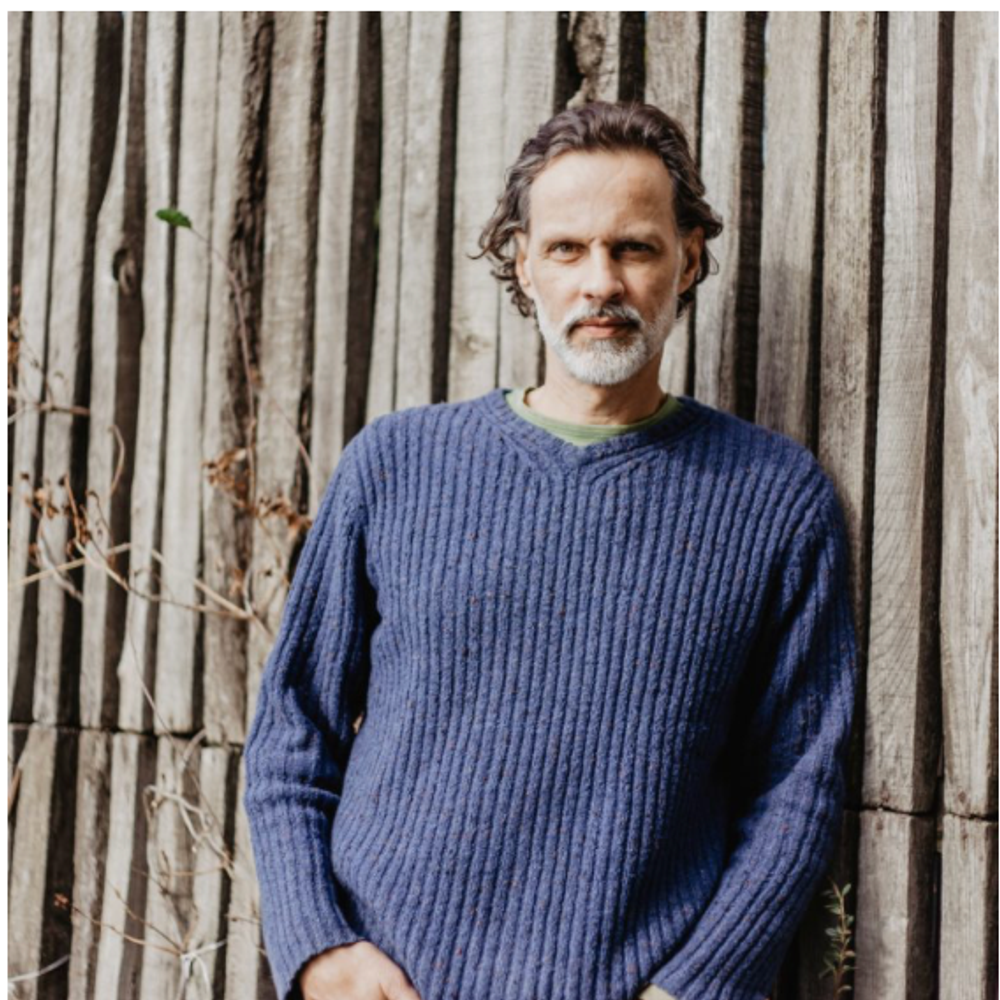
Winemaker Robert Gilvesy
The Volcanic Terroirs masterclass saw world authority on volcanic wines John Szabo MS and Badacsony based winemaker Robert Gilvesy tracing Hungary’s ancient geology, connecting soil to style. From the basalt slopes of Badacsony to the rhyolite tuffs of Tokaj, these wines conveyed a very specific sense of place that would be described by many as only Hungarian.
“These wines are so utterly gastronomic and make you desire additional sips… you get the saliva-inducing effect,” says Szabo.
Meanwhile, Hungarian Reds masterclass highlighted the renaissance of native grapes. Kékfrankos bridges freshness and structure, while Kadarka - light, perfumed and almost Pinot-like - charmed the room. A music and wine pairing added an unexpected sensory dimension.
“I think this is the most important red variety in Hungary, we have almost 8,000 hectares of Kekfrankos in Hungary, we are the number one producer in the world. From light rosé wines, fruity reds to big structured reds. I believe there is a great horizon for this variety,” says György Lörincz junior of St. Andrea winery.
And then, of course, Tokaj. The “Crown Jewel” reaffirmed its legend while redefining its identity. Dry Furmint and Hárslevelű now grace fine dining lists worldwide - proof that Tokaj’s story extends far beyond sweetness.
Building connections
At its heart, Bor 2025 was about building bridges — between regions, winemakers and markets, tradition and modernity. Structured B2B meetings brought producers face-to-face with importers, educators and journalists.
Delegations from the United States (27), Germany, South Korea (22 each), and China (15) underscored Hungary’s growing global reach. With three successful editions now complete, the summit has proven itself not just as a showcase, but as a statement. Hungary’s confident declaration of place on the world stage.
A sparkling future
As the summit drew to a close, glasses clinked over the Danube as producers, buyers and educators toasted what felt like a new era.
The final pour for me was fittingly a sparkling Furmint - crisp, luminous, and utterly Hungarian. A wine that encapsulates the nation’s momentum: innovative, grounded, and fizzing with possibility.
If the early summits were about rediscovery, Bor 2025 was about recognition - a confident nation finding its voice. The future of Hungarian wine is bright and just a little bit effervescent.
Cheers or as they say in Hungary Egészségére!
